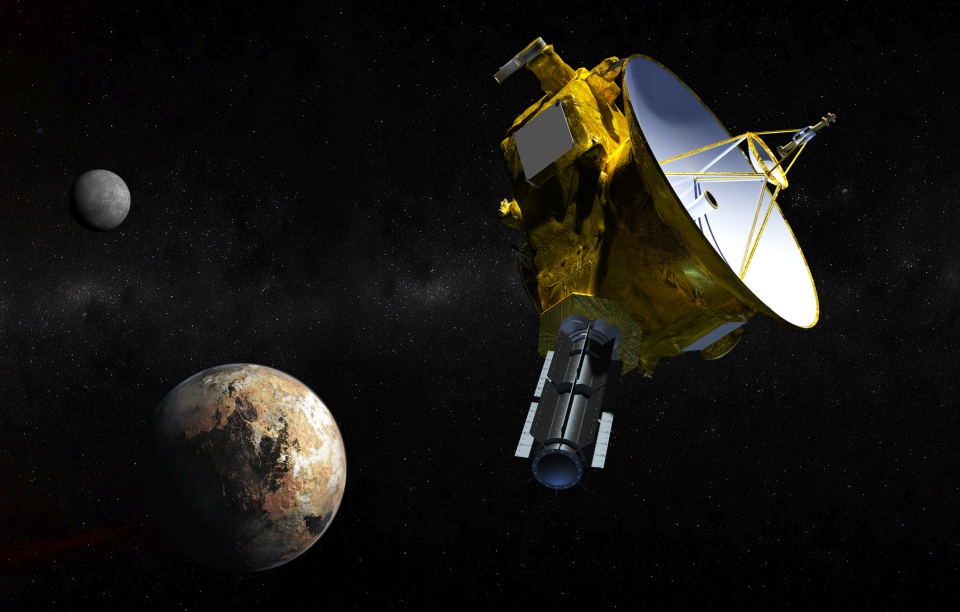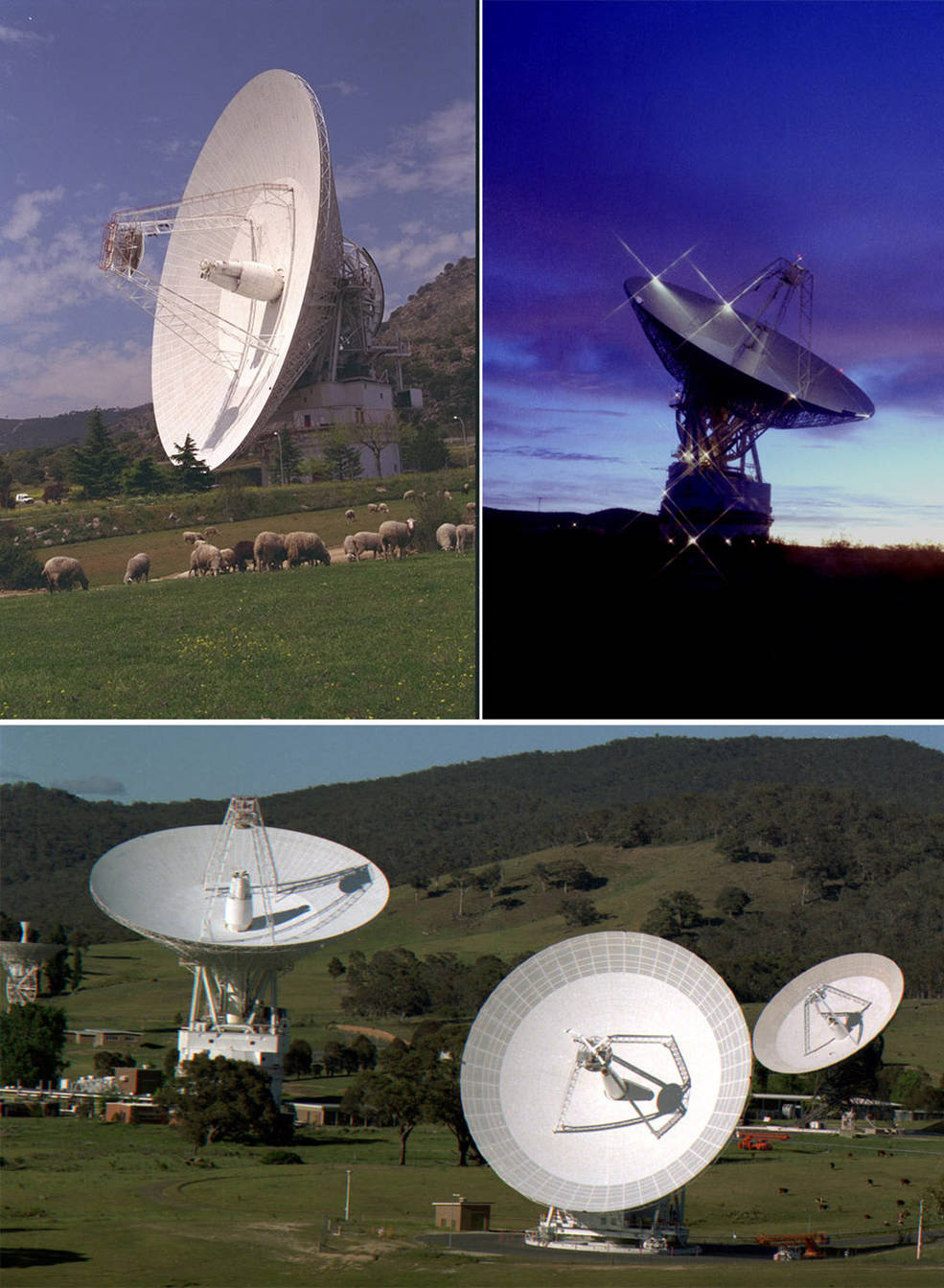News about maps
Digital cartography and GPS navigation
Mapstor news
This Day in History
Travelling with mapstor.com
Digital cartography and GPS navigation
115 years of flight
Next-generation of GPS satellites are headed to space
DJI Phantom 4 RTK - cartography of a new generation
Earthquake prediction systems
OneSoil map
Station New Horizons began to transmit the data to Earth

Interplanetary Space Station New Horizons began to transfer to Earth all the data collected for the last few months. Digital media system now contains several gigabytes of data which is not so easier to transfer on Earth. However, on Saturday, September 5, scientists began to receive information; 1 year is required to transfer all the data.
New Horizons not only stores digital images of Pluto and other objects, but the data of monitoring of the cosmos, the planets and planetoids that were collected by the scientific equipment station. Scientists now have only 5% of the data stored aboard the probe, and what is left - is very valuable information, data sets, high-resolution images, data about the atmosphere of Pluto and its moons.
To cover the distance from the Earth to the New Horizons radio signal requires 4.5 hours.
The main task of the station was to collect the maximum amount of data in the shortest time (fly to Pluto was not very long). Therefore, while the information was gathered the station aired a minimum of data, leaving the rest "for later". Apart from a few shots, the station still gave a small amount of information about high-energy particles, solar wind and cosmic dust. Now began the active phase of transferring the data on the Deep Space Network (DSN), an array of antennas NASA, which are also used for work with other missions, including the "Voyager".
Naturally, the data flow rate is minimal, and is currently 1-4 Kbps. The speed depends on which DSN-antenna that receives the information.
"The mission of New Horizons requires many years, but having received a small amount of data from the station, we realized that it was worth it", - said one of the members of the project team.
Now the team continues to upload new raw images from Long Range Reconnaissance Imager (LORRI). Photos can be viewed here.
Now the station continues to move away from Pluto, and scientists have already chosen the next target of the mission.
It is an object having a sequence number 2014 MU69, its size is much smaller than Pluto. From the Sun 2014 Sun MU69 is located at 1.6 billion kilometers farther away than Pluto. According to experts, who determined the new destination for New Horizons, 2014 MU69 is a very convenient object, because the flight to it will need much less fuel than a flight to the other objects of the Kuiper Belt. 2014 MU69 has a diameter of about 45 km and an orbital period of 294 years. This object is drawn on the plane of the ecliptic close to the nearly circular orbit at a distance of about 44 a. e. from the sun.
Digital cartography and GPS navigation 03-09-2015


